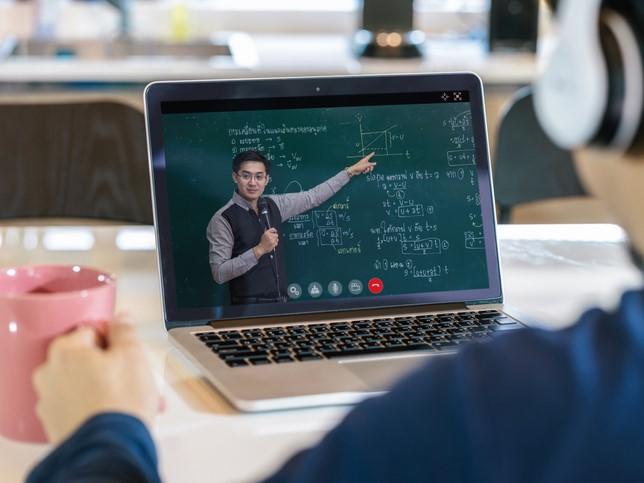A common refrain for why blended learning, combining the best of online and face-to-face lessons, does not work is that students are not motivated to self-learn and will always turn up unprepared for the face-to-face lessons. However, the design of lessons can facilitate instead of impeding self-learning (or self-regulated learning) by incorporating accountability at an individual or group level.
Self-regulated learners can set realistic goals and manage their time and resources while staying aware of any adjustments needed, in order to complete preparatory work for class or submit assignments ahead of the deadline. For any learner new to the content, they can easily be overwhelmed by how much they need to learn and figure out.
- The joy of simplicity: techniques that motivate, engage and foster learning in lectures
- Reconceptualise the ‘classroom’ for enhanced student engagement
- The active lecture: student-centred learning for the future
Here is how to approach the learning design for supporting students’ self-regulated learning to plan, monitor and evaluate their learning process.
Set learning goals
Any preparatory work should be purposeful and have clear goals. Don’t give vague instructions by merely listing the readings or learning resources. Rather, preparatory work needs to be designed as a learning activity with instructions, guiding questions or learning outcomes and self-check activities. In any blended learning lesson, the role of preparatory work can either be made explicit in the instructions or made apparent at the start of the face-to-face lesson when students are scaffolded to deepen their learning.
The face-to-face lessons should include learning activities aligned to the module learning outcomes, providing opportunities for students to get immediate feedback. This guidance will help them to understand the learning goals required to develop expected learning behaviours and achieve the module outcomes.
Monitor learning progress
Chunking is a key strategy for supporting students in monitoring their own progress. Create chunks in each online learning and face-to-face lesson, comprised of specific learning outcomes and activities or checkpoints that provide students with feedback.
Structure more complex assignments, related to experiential or authentic learning, for example, with graded or ungraded milestones, which will pace the students’ progress in learning and developing their work.
Self-assessments and peer assessments are important for developing evaluative judgement. By practising using the same rubrics and receiving feedback on their evaluation, students can get better at interpreting the quality of their performance.
Reflect on the learning process
Graphic organisers, such as concept maps and Venn diagrams, are not only useful in providing an overview of the scope to learn, they can also prompt students to reflect on their individual or group learning progress. Are they able to articulate the relationship between the different aspects? Which concept did they find more challenging? To what extent can the different factors apply in the real world?
As novices navigating the learning process, students can benefit from immediate guidance and feedback in the form of tips and advice on how to appraise their learning. Provide prompts for them to reflect on aspects of their learning experience, including how safe and supported students felt by their peers, what they can improve in learning collaboratively, how different perspectives clarified their understanding and what assumptions they made when giving their respective views.
Blended learning is where the best of online and face-to-face teaching complement each other to help students learn. Providing a structure to support students’ self-learning development, in both preparatory work and assignments, will give them the confidence to delve into new material and apply themselves to more complex projects. Design the blend with the aim of supporting their self-regulated learning.
Tan Chin Pei is senior educational developer at the Singapore Institute of Technology.
If you would like advice and insight from academics and university staff delivered direct to your inbox each week, sign up for the Campus newsletter.




comment